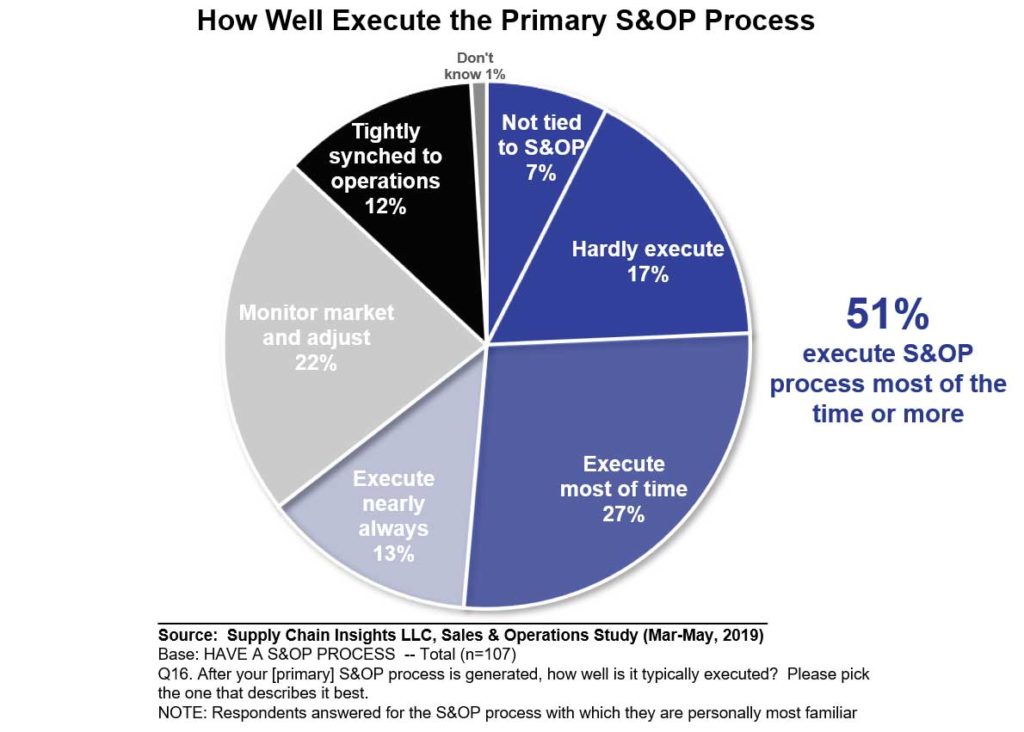The reworking of supply chains has a simple purpose of fitting the new world economy’s needs and demands. And freight data sharing platforms had already started before the mess of 2020 began. Additionally, the shift towards digital media and reinvented processes of global supply chains continues still today. Supply chain evolution is highly focused on market sub-segments, especially on those within the middle class. According to Supply Chain Management Review, “this matters a lot in a world where the population of middle-class consumers will reach 5.5 billion or over 60% of world population by 2030—a phenomenal growth from 1 billion middle-class people comprising 20% of world population in 1985. Middle-class consumption will soon comprise one-third of global GDP. Five-and-a-half times as many middle-class consumers means far too many consumers to be efficiently served by a global factory.” These figures hint at why supply chain evolution is essential. It ensures shippers can meet consumers’ needs and demands to keep up with the global market shift.
The Driving Forces of Digital Transformation
The move towards digital processes and platforms is essential for supply chain evolution, and behind the movement are four driving forces that necessitate such a transformation. They include the following:
- Competition. Competition drives innovation and keeps businesses on their toes, especially within the supply chain network.
- E-commerce. There has long been a steady push towards virtual processes for supply chains, and recent world events make it all the more necessary to embrace e-commerce.
- Visibility. Another critical part of supply chain evolution and growth in the modern age relies heavily on improving the network’s visibility.
- Speed of delivery. For most supply chains and transportation management teams, accurate and timely delivery is the ultimate way to keep customers satisfied.
The Digital Twin Is Getting Smarter and Adaptive
There is a digital side for every aspect of life, which is often unseen and largely ignored. It is the digital twin, the virtual symbiote, that exists for just about everything in existence. The digital twin is a large part of the supply chain evolution process. Think about it. Shopping and purchases have a face-to-face component as well as a virtual component. Deliveries and shipments can be managed with a physical paper trail or with a digital and automated platform. The digital twin can no longer be ignored and will no longer be relegated to the corner as it is becoming more and more essential for the success of supply chain evolution.
Read more at What’s the Next Phase of Supply Chain Evolution?
Subscribe us to get more updates and leave your comments below.






